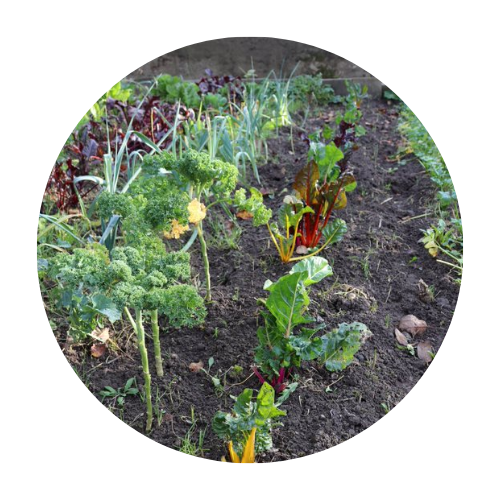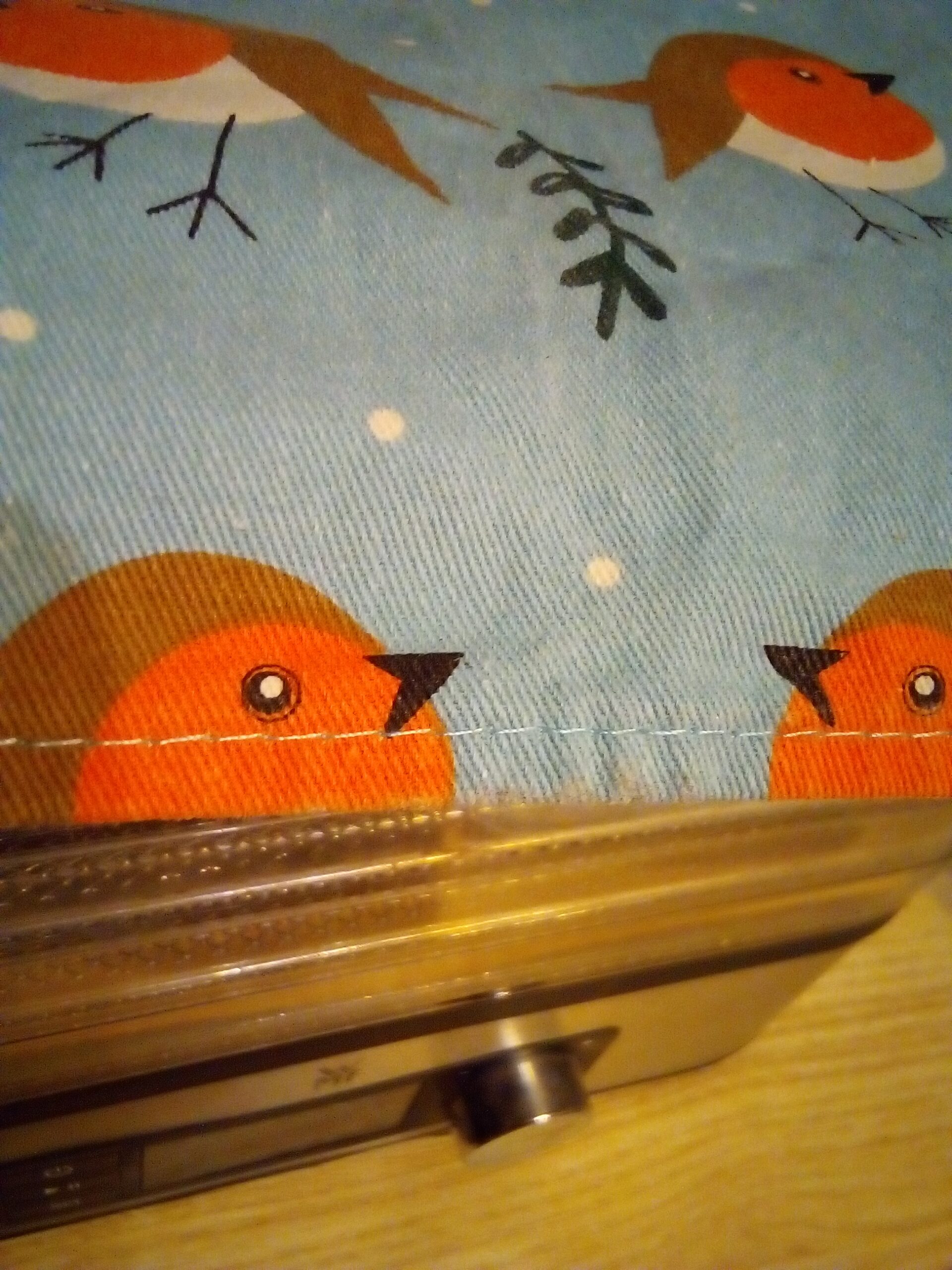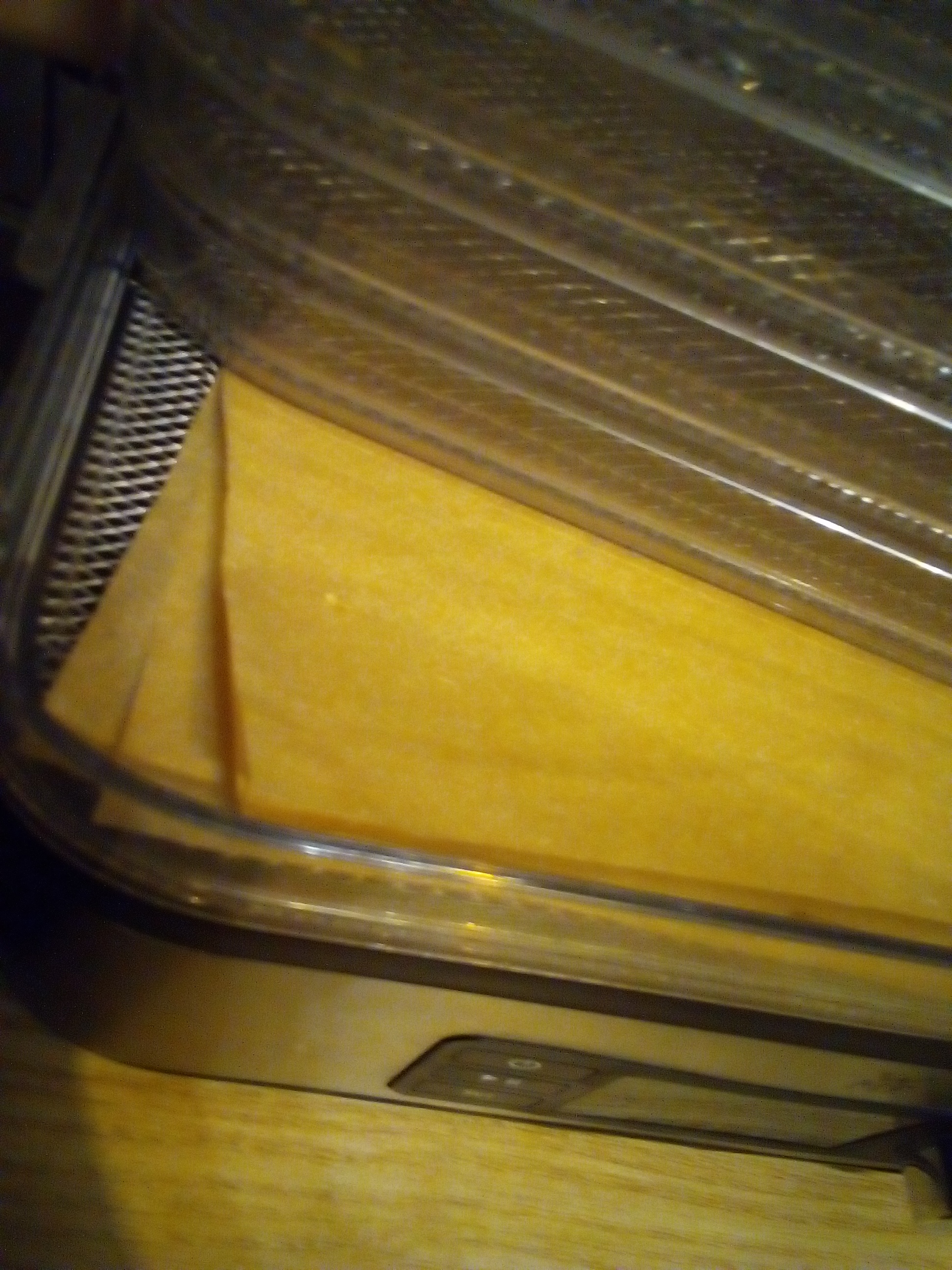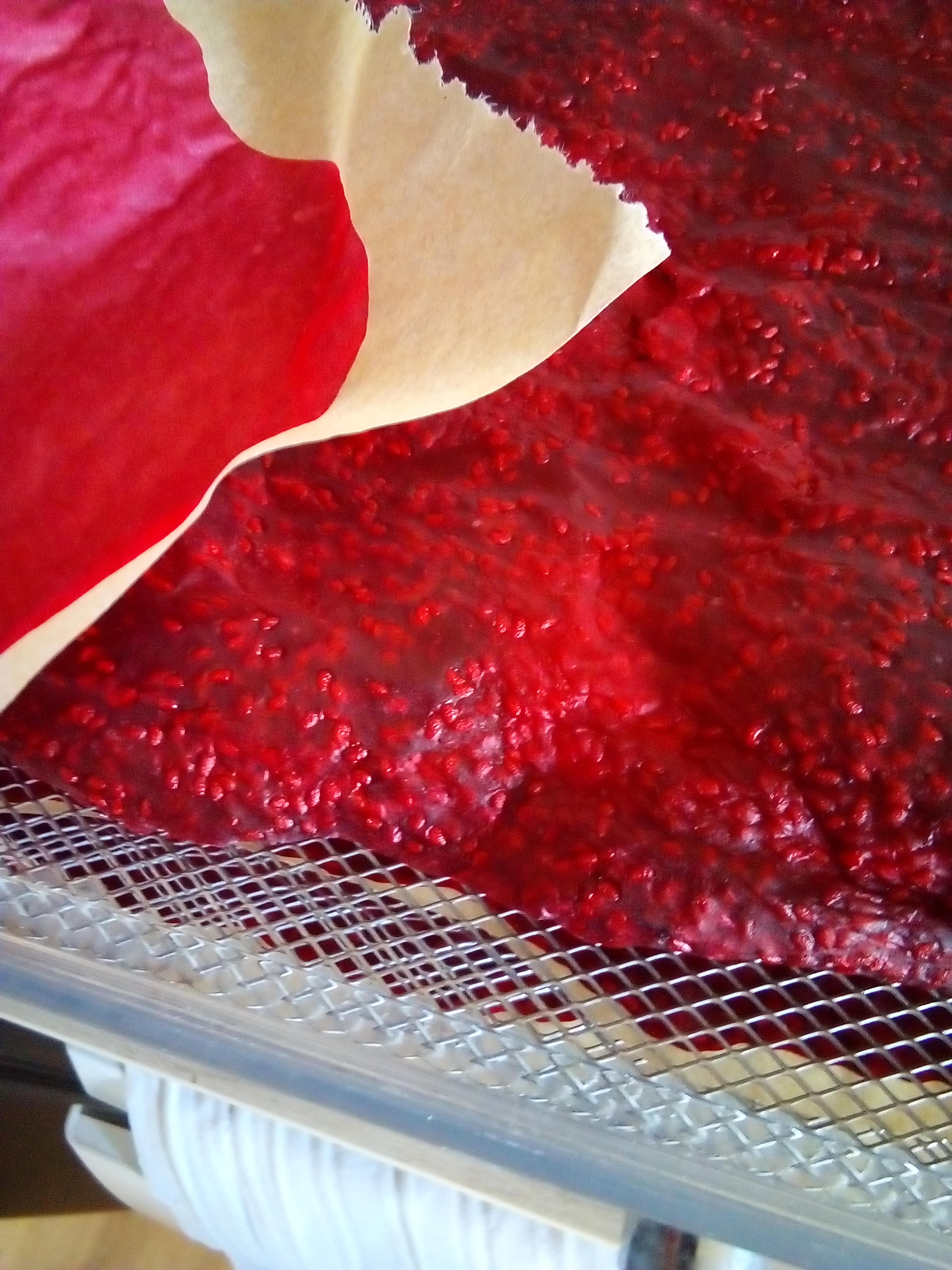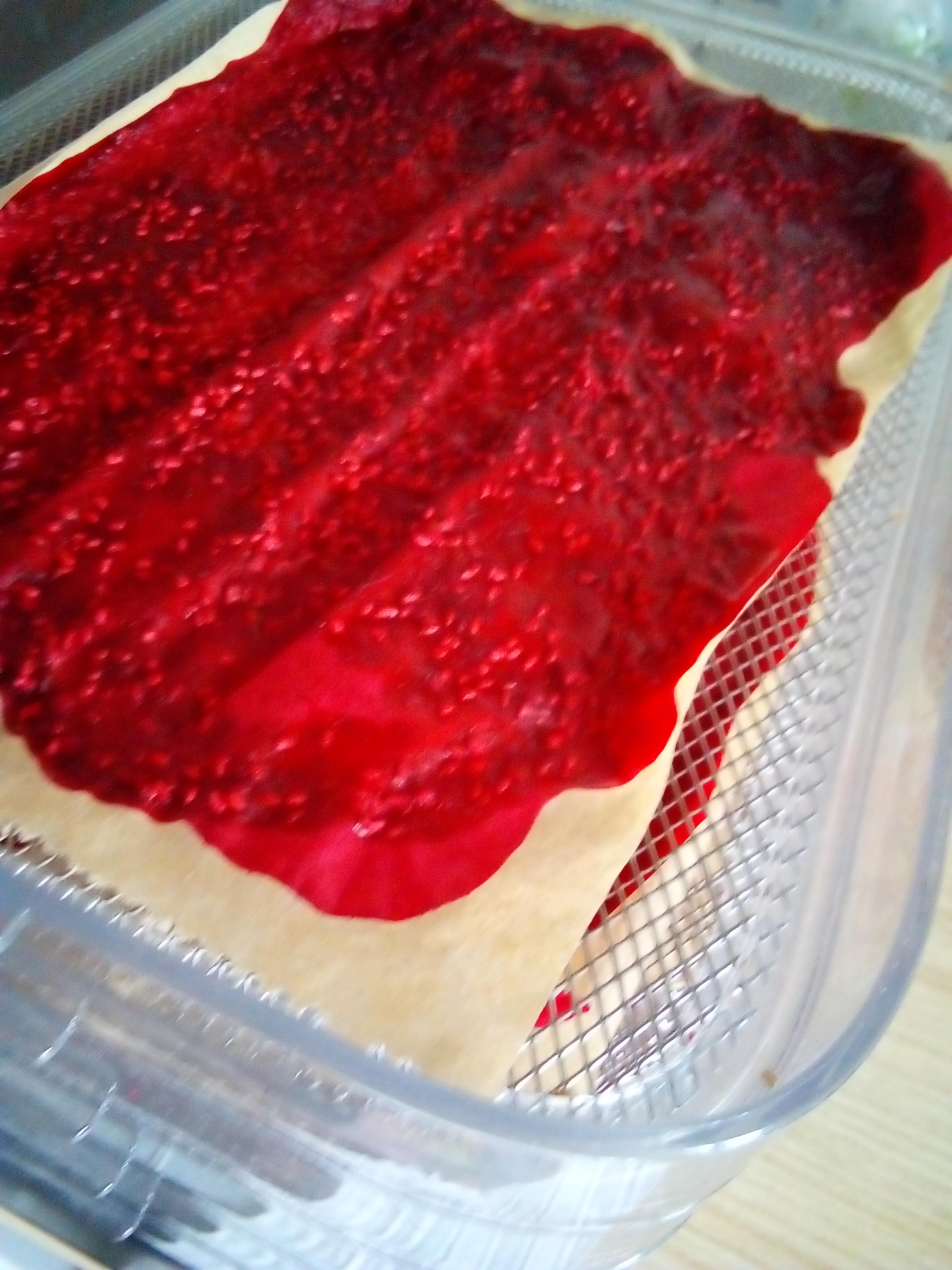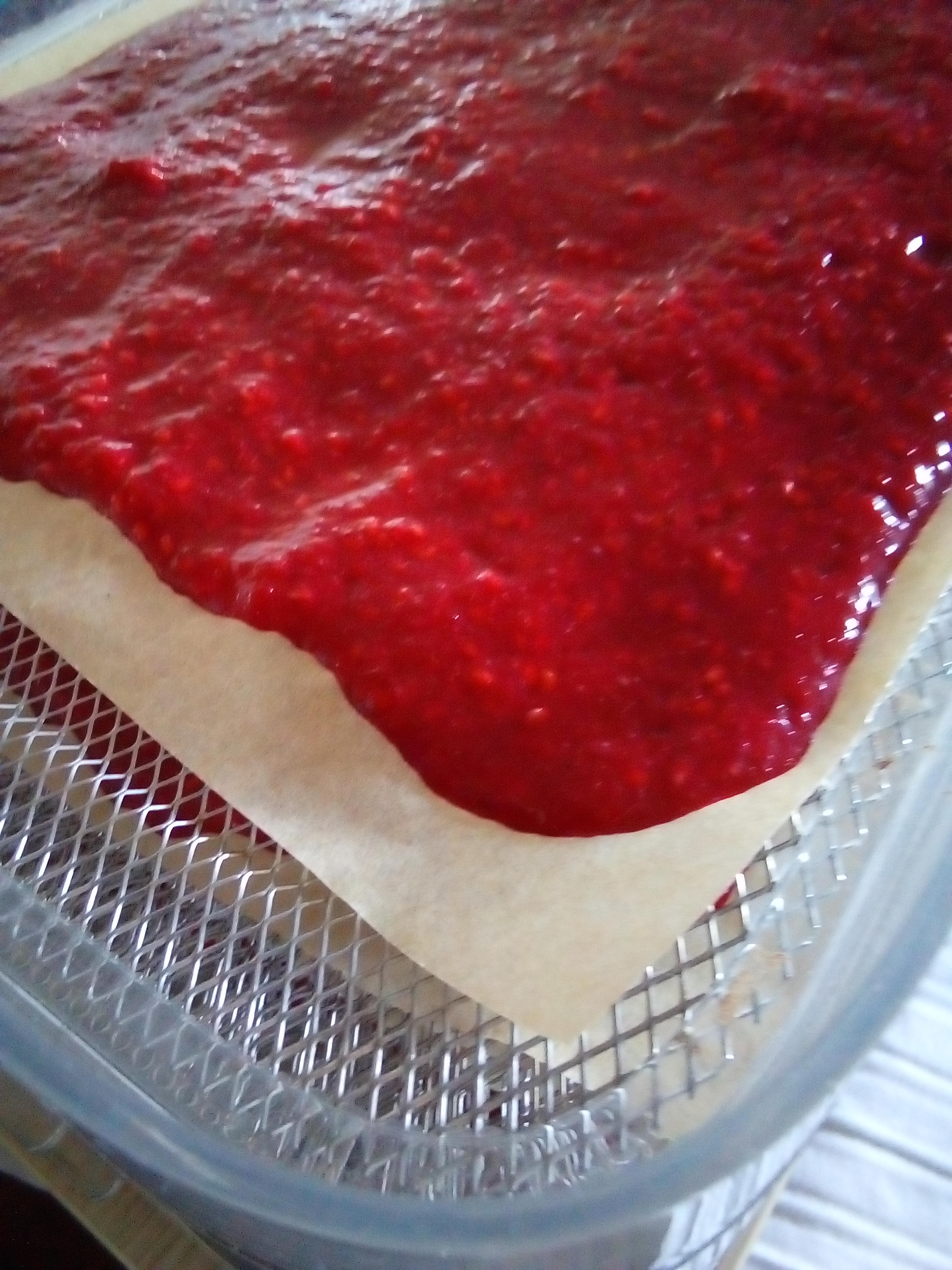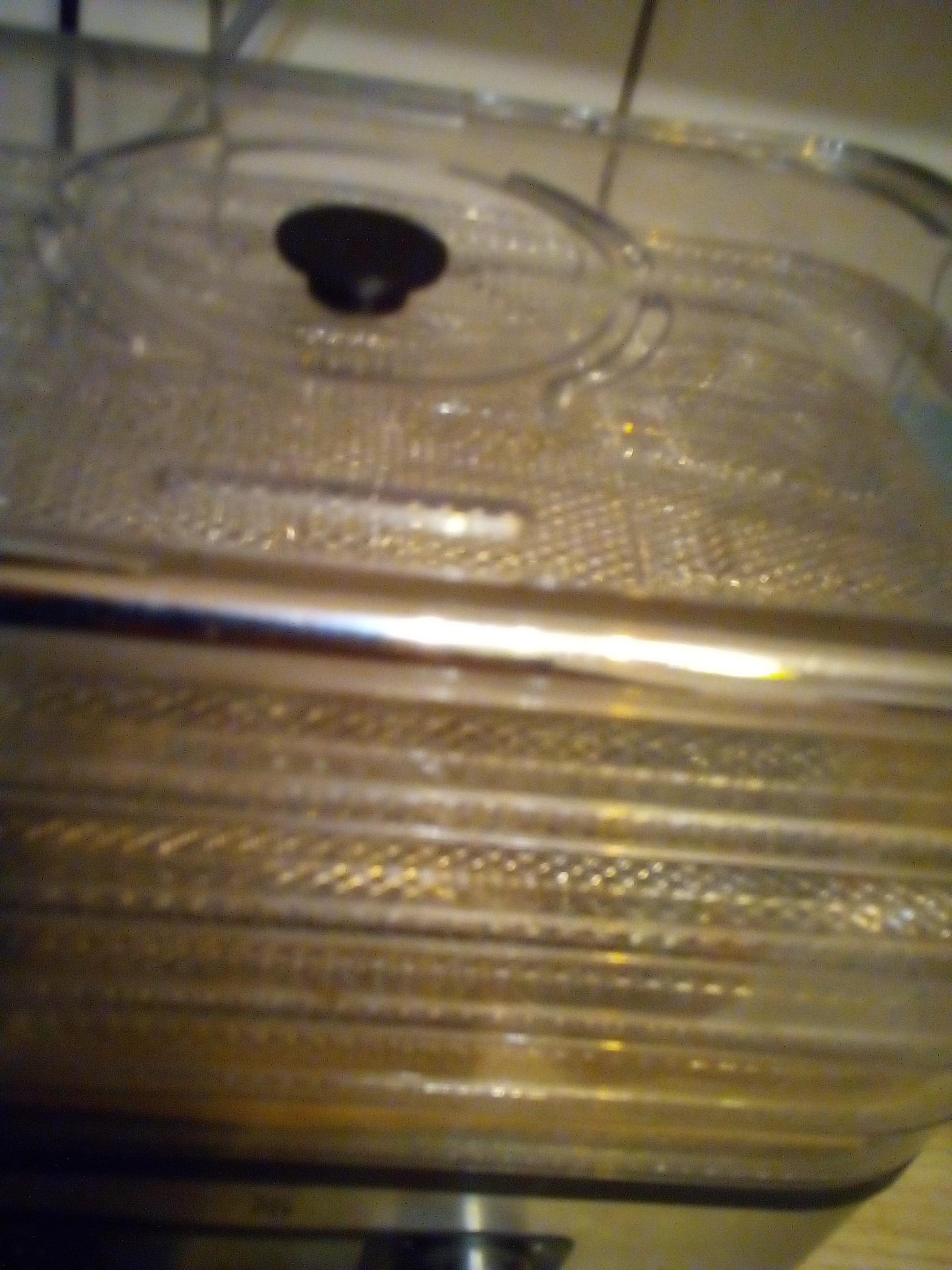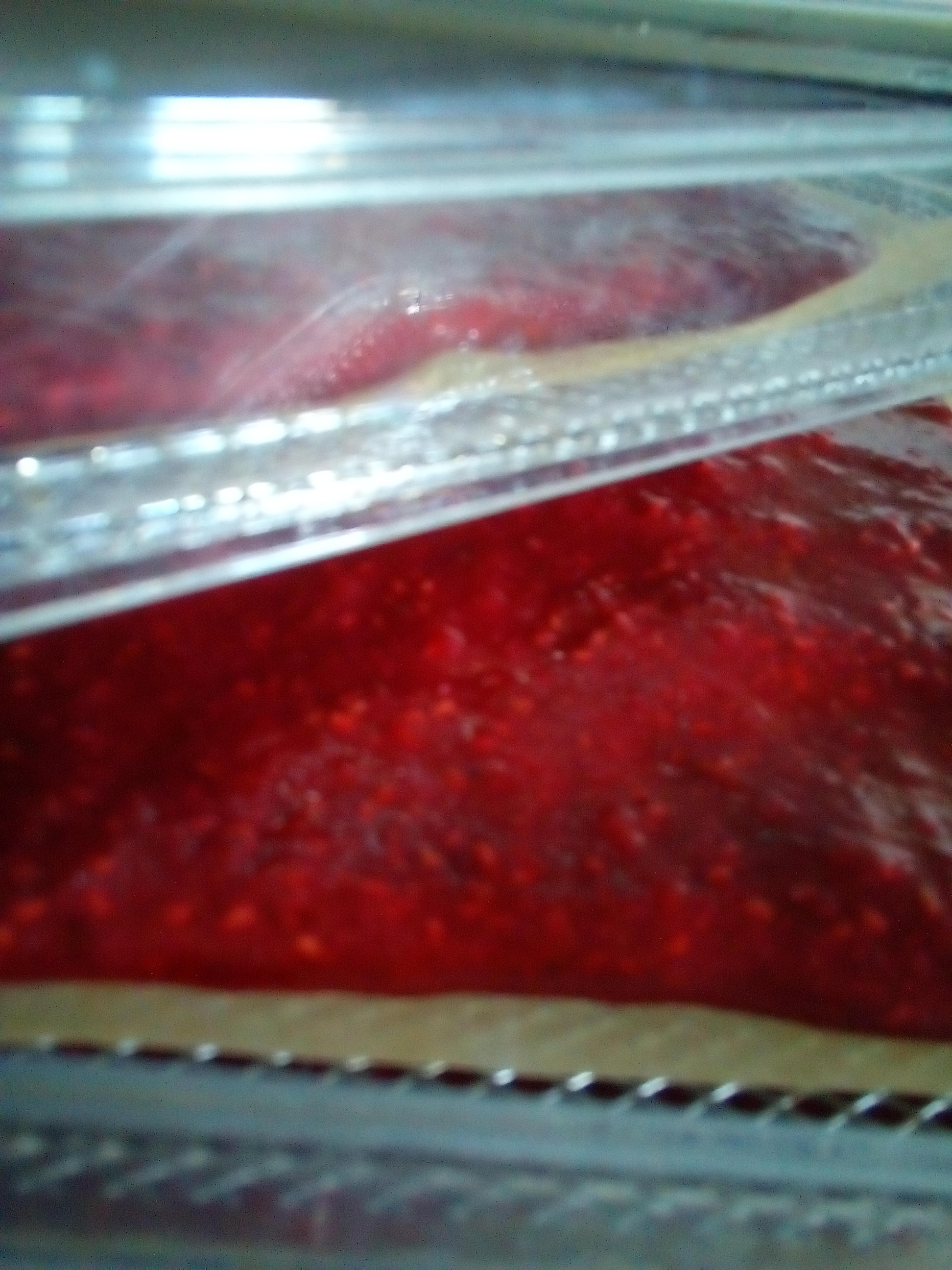Best Food Dehydrator Under $300
It was September. The berry bushes were heavy, the apple tree sagged, and my freezer was stuffed to the brim. Jam jars? I had enough to last two winters already. I needed another way to keep the harvest from going to waste.
That’s when I invested in a $250 mid-range dehydrator on Amazon. Not fancy, not stainless steel – just a simple stackable model. My plan? Keep the chaos of my garden glut under control without adding more stress.
Frida would’ve said:
“When your pantry overflows, find a way to transform the excess. That way, it stays a gift — not a burden.”
Why I Chose This Mid-Range Dehydrator
- Garden overload: freezer full, no space left.
- Jam fatigue: I didn’t want to cook down another pot.
- Price point: not cheap, but still the best food dehydrator under $300 I could find.
- Purpose: mostly fruit leather, plus herbs and apple rings.
I wasn’t chasing the most high-tech model. I just wanted something that would get used week after week.
First Impressions & Features
- Capacity: stackable trays – ideal for small batches (a basket of raspberries or five apples).
- Material: BPA-free plastic. Light, not elegant, but it does the job.
- Control: one knob for temperature. No timer, no display.
- Accessories: mesh and solid sheets included – lifesavers for fruit leather or herbs.
First thought? Not pretty, but practical.
Is a $250 Food Dehydrator Worth It?
This was the big question for me. Would it really be better than a $100 entry model?
- Drying times: Raspberry purée spread ⅛–¼ inch thick took 8–11 hours at 135 °F (57 °C). Overnight worked perfectly.
- Raw food drying: Under 118 °F, it took nearly 20 hours – but the bright color and nutrients were worth the patience.
- Consistency: Bottom trays dried faster, but rotating them once fixed it.
Bottom line: Yes, the extra investment gave me more consistent, reliable results.
Food Dehydrator for Small Batches
If you only need to dry one basket of berries or a tray of apple rings, this type of dehydrator is perfect. I don’t run a farm. I have a family garden that gives me occasional overloads. A small-batch food dehydrator means I can preserve just enough for snacks, teas, or simple pantry staples – without turning it into a full-time job.
Compact Food Dehydrator for Garden Harvests
Space matters. My kitchen isn’t big, and I don’t want another bulky gadget on the counter.
This dehydrator is compact enough to slide into a cupboard, yet big enough to handle a late-summer apple glut. For anyone with a backyard garden or urban harvest, compact is the way to go.
Quiet Food Dehydrator for Home Use
I was nervous about the noise – would it keep me awake at night?
Honestly, it hums like a quiet fan. I often let it run overnight, and no one complains. For a family household, a quiet dehydrator is a blessing.
Mid-Range vs. High-End Dehydrators
I looked at the Excalibur, Cosori, and Nesco on Amazon.
- High-end models: big, heavy, digital timers, airflow controls. But $350–$500.
- Budget models: cheaper, but limited in size and often uneven drying.
- Mid-range ($250): the sweet spot. Affordable enough, reliable enough, compact enough.
If you’re drying bushels of produce, invest in the big names. If you’re simply managing a garden harvest, mid-range is more than enough.
Pros & Cons
What I like
- Beginner-friendly
- Flexible batch sizes with stackable trays
- Perfect for herbs, fruit leather, apple rings
- Lightweight, easy to clean
- Quiet enough to run overnight
What bugs me
- No timer or display – just a knob
- Trays need rotation for even drying
- Too small for huge harvests
Technical Details at a Glance
- Power: ~250 watts (energy efficient for small batches)
- Temperature range: 95–158 °F (35–70 °C), adjustable with a simple knob
- Trays: 5 stackable BPA-free plastic trays (each ~10 × 7 in / 25 × 18 cm)
- Accessories: a solid silicone bar mold, storage boxes, and a cereal bar box
- Size: compact design, easy to store in a cupboard
- Noise level: ~45 dB, similar to a quiet fan
Want more specifications? Check the full details on Amazon.
Included Accessories for this Mid-Range Food Dehydrator
One thing I really appreciated: this dehydrator didn’t just come with trays. The package included a few extras that make dehydrating easier:
- 5 drying racks – stackable, lightweight, and easy to clean
- Solid silicone bar mold – perfect if you want to try cereal or granola bars
- Storage boxes – handy for keeping dried snacks organized
- Cereal bar box – a small container that actually makes storing homemade bars simple
These little add-ons might sound minor, but they’ve made my dehydrating experiments more versatile. Instead of just fruit leather and apple rings, I can now prep granola-style bars or stash herbs and berries straight into the included boxes. For more details on what’s included, check the full product description on Amazon.
Solid Silicone Bar Mold – Included Accessory with Extra Uses
Among the Included Accessories, the solid silicone bar mold turned out to be surprisingly useful. At first, I thought it was just for making cereal or granola bars. But it’s actually much more versatile: perfect for freezing portions of homemade vegetable broth or herb paste. Once frozen, you can pop the little bars out easily and store them in a freezer bag. That way, you always have ready-to-use flavor cubes on hand — without waste, without plastic packaging. Want to see how it looks and check today’s price? Find it on Amazon.
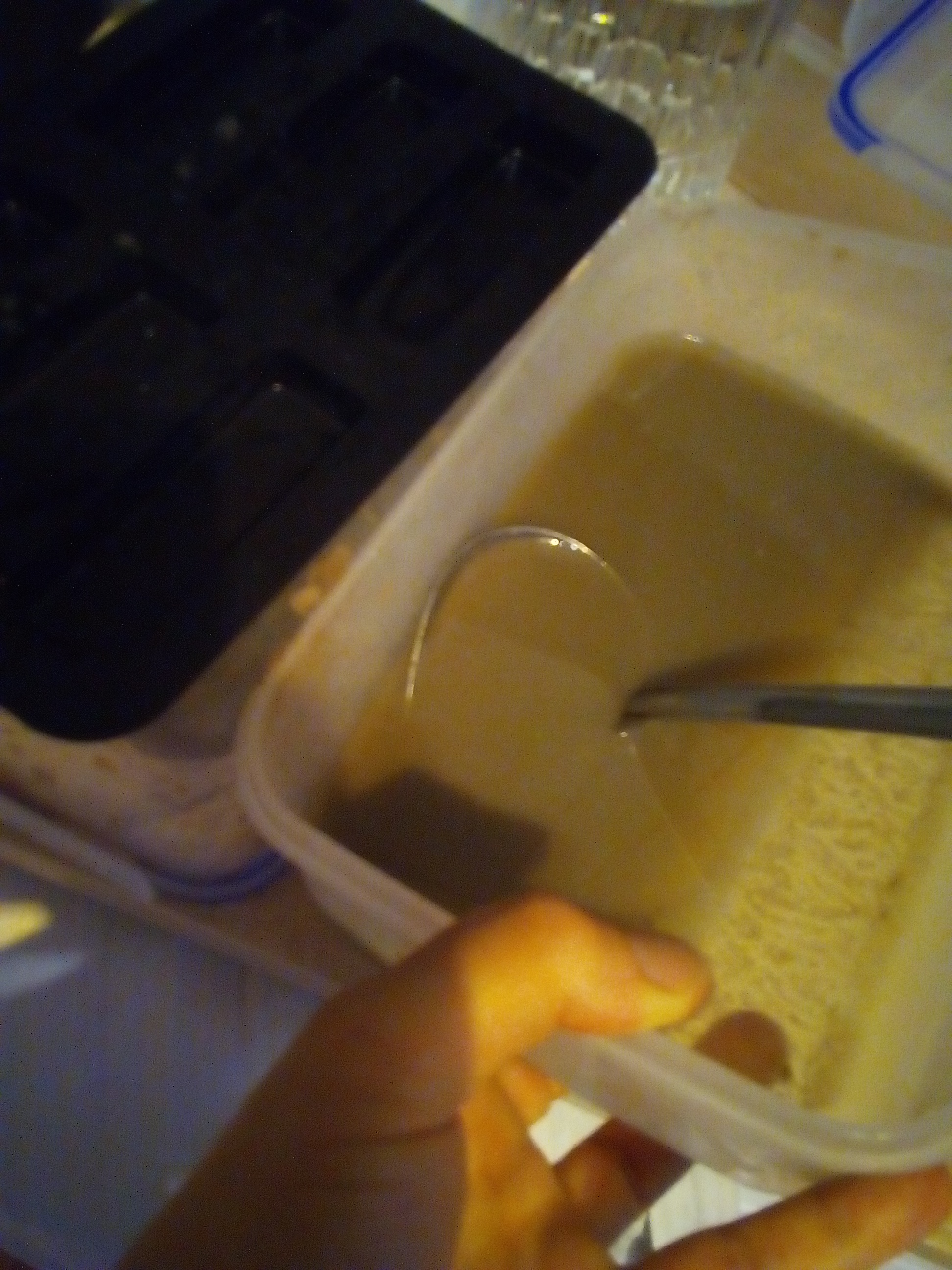
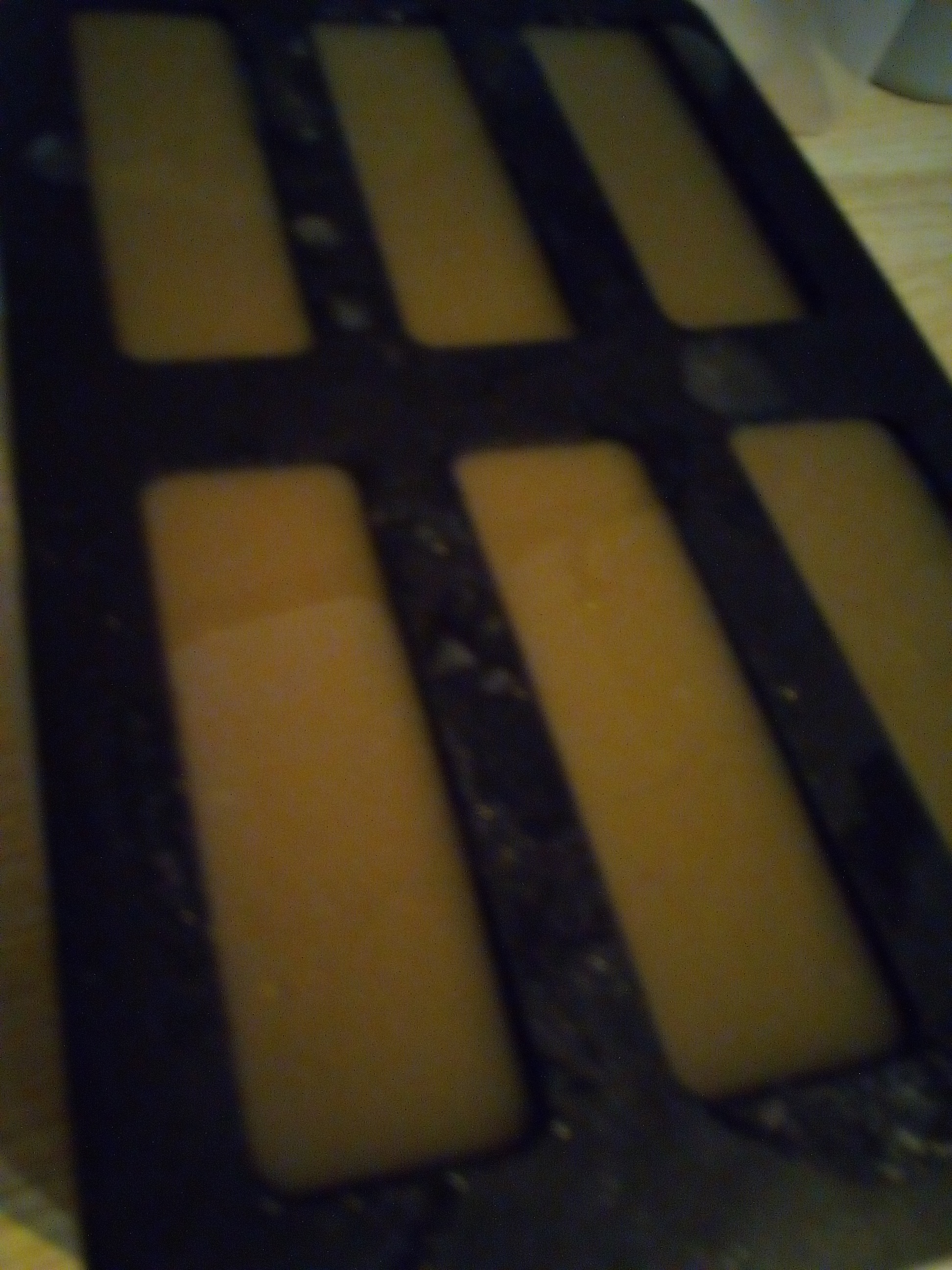
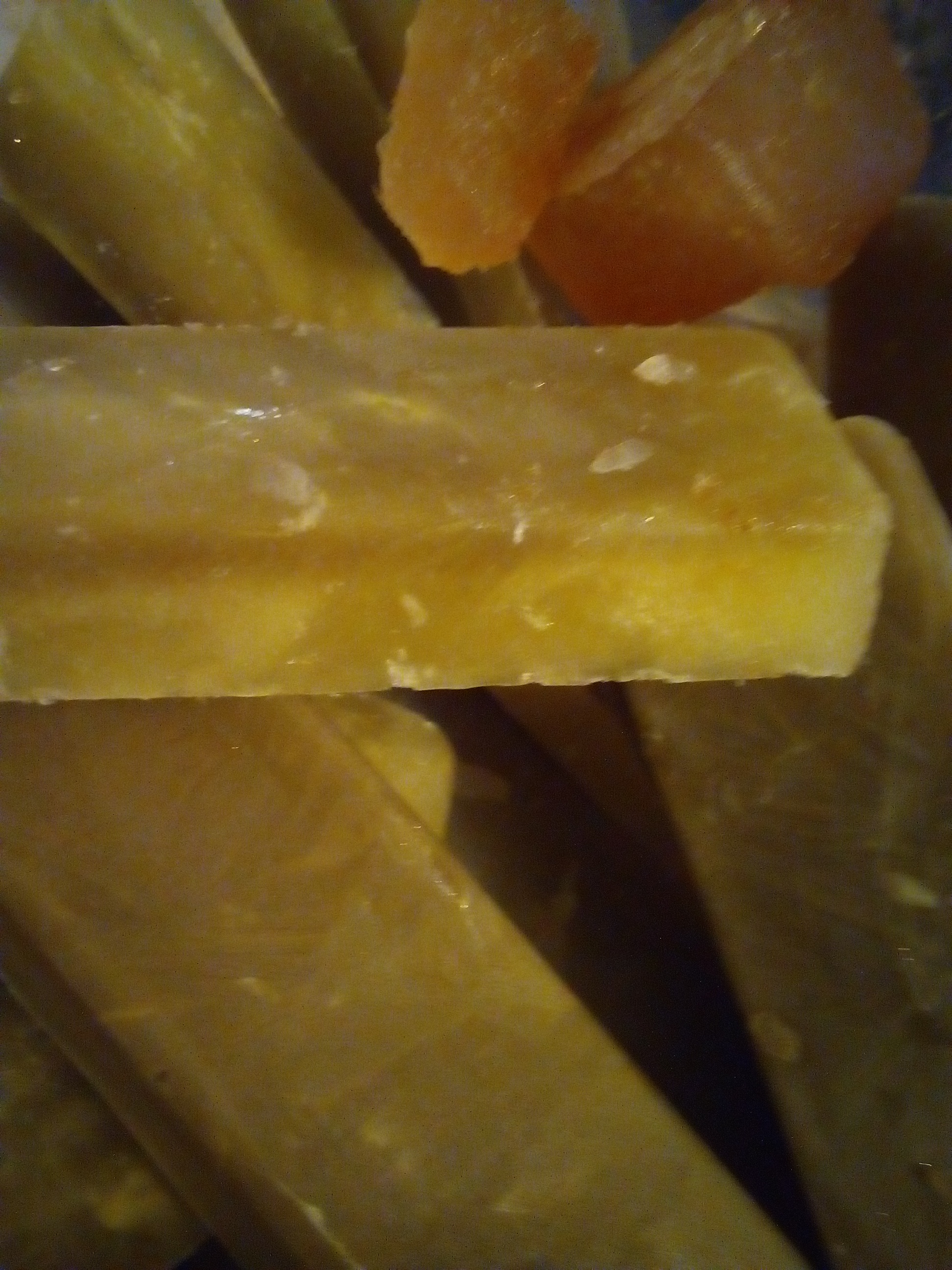
My Verdict – Best Food Dehydrator Under $300
This dehydrator isn’t the kind of gadget you leave out to impress friends. But it works.
It takes my chaotic September harvests – when the freezer’s full and the shelves are groaning – and turns them into neat jars and rolls that last until spring.
Would I recommend it? Absolutely. If you’re new to dehydrating or looking for the best food dehydrator under $300, this kind of mid-range model is worth it. If you’re drying ten kilos of tomatoes a week, look elsewhere.
Frida would’ve laughed and said:
“You don’t need the fanciest gadget. You need the one that actually gets used.”
Is a $250 food dehydrator worth it?
Yes. A mid-range dehydrator offers better consistency, quieter operation, and more durability compared to cheaper entry-level models.
Can I use a food dehydrator for small batches?
Absolutely. A basket of berries, a tray of apple rings, or a handful of herbs work perfectly in a stackable dehydrator.
Is a compact food dehydrator enough for garden harvests?
Yes, if you’re preserving small family harvests. For bushels of produce, you’d need a larger machine, but compact models are ideal for backyard gardens.
Is a food dehydrator noisy?
Not really. Most mid-range dehydrators hum like a quiet fan, making them safe to run overnight without disturbing sleep.
Do I need to rotate trays in a dehydrator?
Yes. In stackable models, the bottom trays dry faster. Rotating once during drying keeps everything eve
